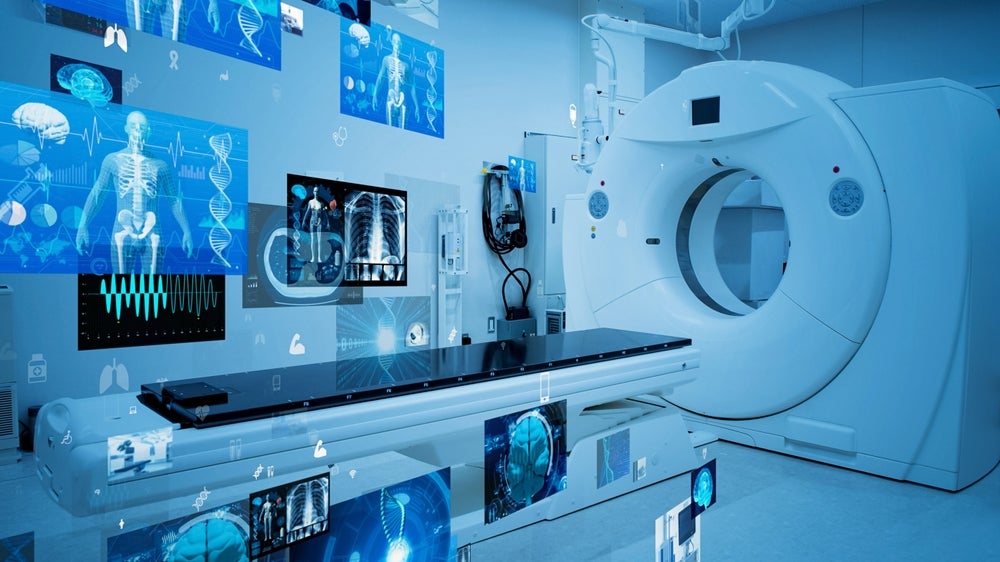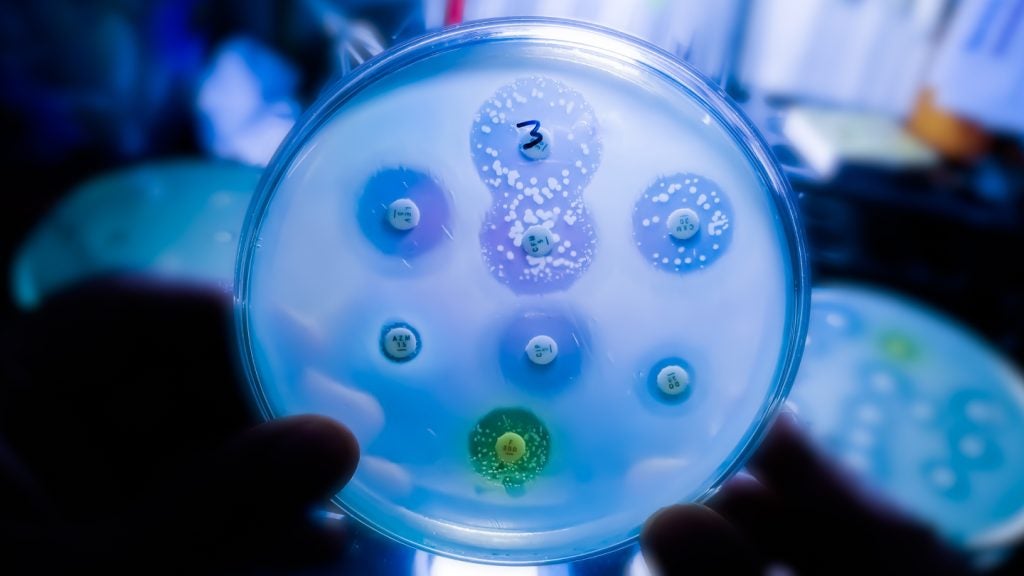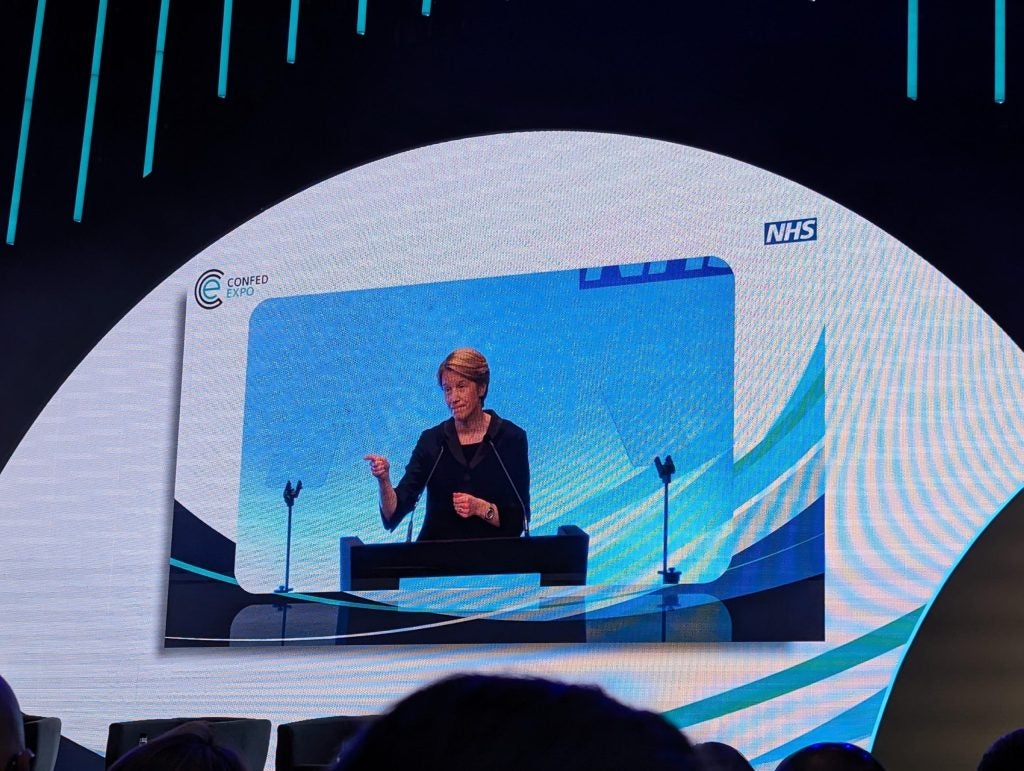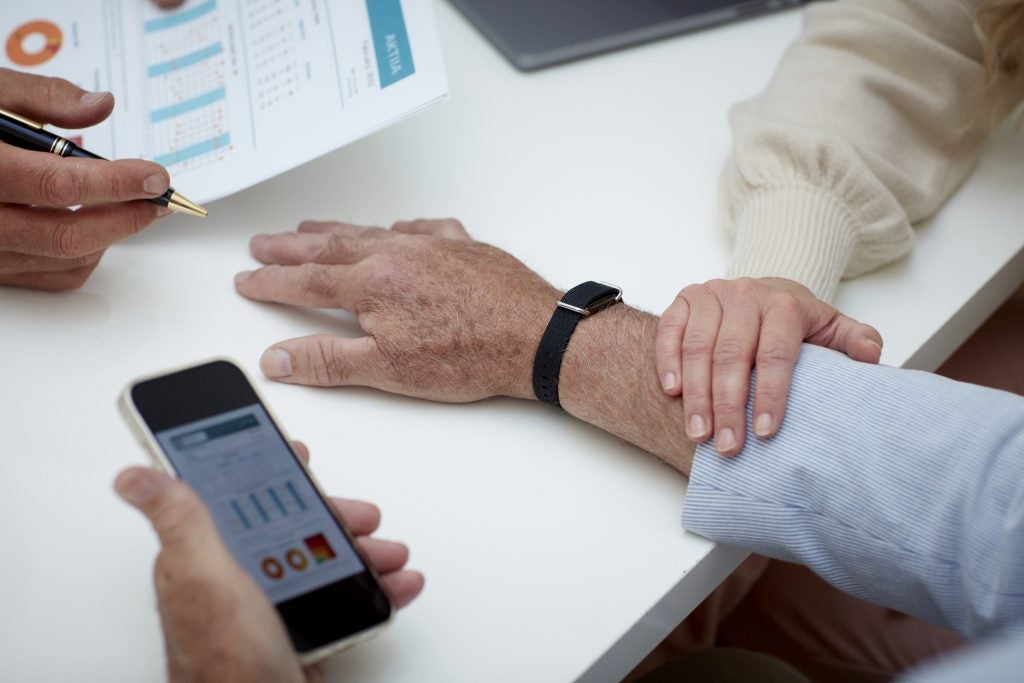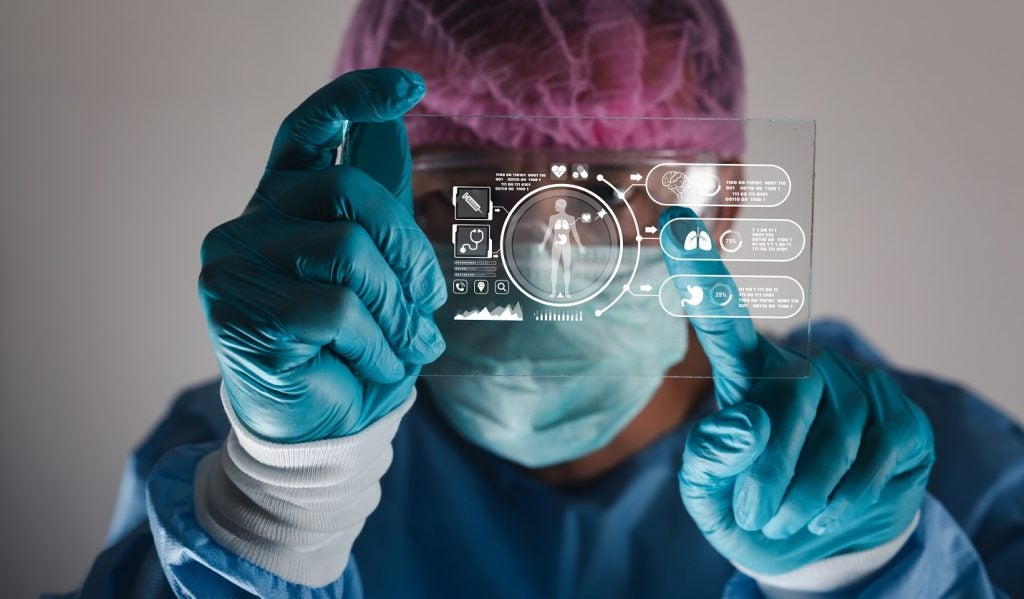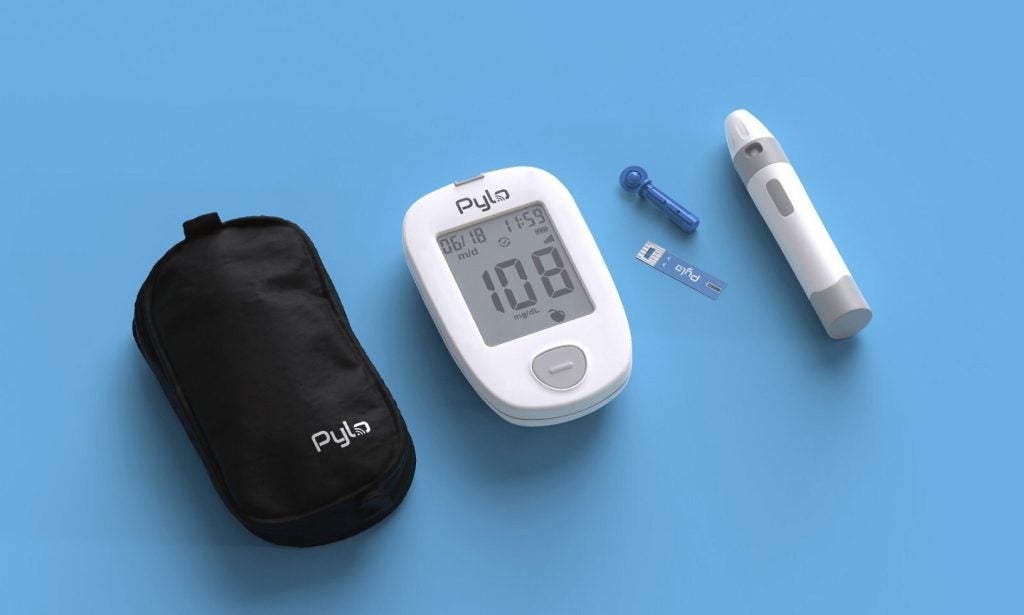Artificial intelligence (AI) imaging company Avicenna.AI has bagged 510(k) clearance from the US Food and Drug Administration (FDA) for its AI tool CINA-VCF.
CINA-VCF is used for the detection of unsuspected vertebral compression fractures (VCFs) in patients undergoing chest or abdomen computed tomography (CT) scans. The company said it validated its algorithm on 474 CT scans – performed on patients not specifically for pulmonary embolism evaluation – and 38 different scanner models.
This is the latest Avicenna.AI devices to secure FDA clearance. In March 2024, the agency cleared CINA-iPE and CINA-ASPECTS, which can detect pulmonary embolism and stroke severity assessment respectively. The company also has FDA-cleared, AI-powered CT scan tools that help detect intracranial haemorrhage, aortic dissection, and large vessel occlusion.
VCFs occur when weakened vertebrae collapse, often due to osteoporosis, a condition that reduces bone density and strength. Avicenna.AI’s CEO Cyril Di Grandi highlighted the importance of early detection: “By detecting vertebral compression fractures early, we aim to help patients maintain better mobility and independence, enhance the well-being of those at risk, and reduce the burden on healthcare systems worldwide.”
Founded in 2018, the French medical imaging AI company secured $10m in a Series A funding round backed by Innovacom and CEMAG Invest in February 2023. AI-assisted CT imaging is a key innovation area in AI in healthcare. According to a report on GlobalData’s Medical Intelligence Center, global revenues across healthcare will generate $18.8bn by 2027.
The latest companies to jump on the space include Philips and Synthetic MR, who recently teamed up to enhance the diagnosis of neurological disorders using advanced quantitative brain imaging tools. The Smart Quant Neuro 3D MRI machine software suite employs AI to analyse brain tissues, including white matter, grey matter, cerebrospinal fluid, and myelin.
By integrating AI systems and computer vision, the technology assists radiologists and healthcare professionals in identifying abnormalities in tissues in scan images. This thereby streamlines workloads and suggests potential treatment pathways based on patients’ medical histories, according to a GlobalData analyst.


